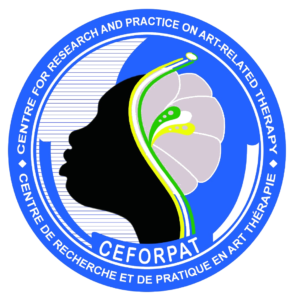Filmmaking in Local Languages and the Social Change Agenda in Anglophone Cameroon: Victor Viyuoh’s Nina’s Dowry Critiqued. Get the full PDF
Alasambom Nyingchuo…………………………………………………………………..19-35
Until the late 2000s, filmmaking in anglophone Cameroon paid little or no attention to indigenous languages as a means of expression. Filmmaking was seen as an elitist activity and fluent English in films (or attempts thereof) perpetuated this viewpoint. Most films were neoclassical, discussing issues of national importance like bribery, corruption, nepotism, tribalism and national unity. However, the release of Victor Viyouh’s Nina’s Dowry (2012) ushered in a new dawn in the Cameroonian cinematic landscape. For the first time, Viyouh used a mix of local languages to tackle salient social issues, achieving unprecedented success. From a cultural/historical analytic perspective, this paper sets out to x-ray the effectiveness of African languages as cultural property and an effective medium for film, especially when film is used as a tool for social intervention and a vector of social change. The major findings indicate that the use of local languages in films greatly enhances the reception and impact of such films. This is evidenced by the success of Viyouh’s Nina’s Dowry and the popularity and success of films by other Cameroonian filmmakers who emulated this approach. Consequently, the major recommendation is for Cameroonian filmmakers to use local languages more assertively in their films for more authenticity and a wider local audience.
Keywords: Filmmaking, Social Intervention, Social change, Local languages, Creole
